#hubble space telescope
Explore tagged Tumblr posts
Text

Let yourself be overtaken by the detail in this Hubble Space Telescope image! These colorful gas clouds hold wispy tendrils and dark clumps of dust that may eventually become dense enough to collapse, forming new stars and planets over millions of years.
This star forming region lies near the Tarantula Nebula about 160,000 light-years away.
Credit: NASA, ESA.
88 notes
·
View notes
Text

i saw this post and i tried to paint it. it was hard. also my paint markers kept exploding and leaking. but it was fun! i wanna do more of these :)
#tbf i wanna do more of everything all the time#so take this with a grain of salt#but like space is so pretty#i've always wanted to go there#i guess i'll have to settle for painting it#space#my art#watercolour#watercolor painting#watercolour art#Hubble#hubble space telescope#hubble telescope
7 notes
·
View notes
Text
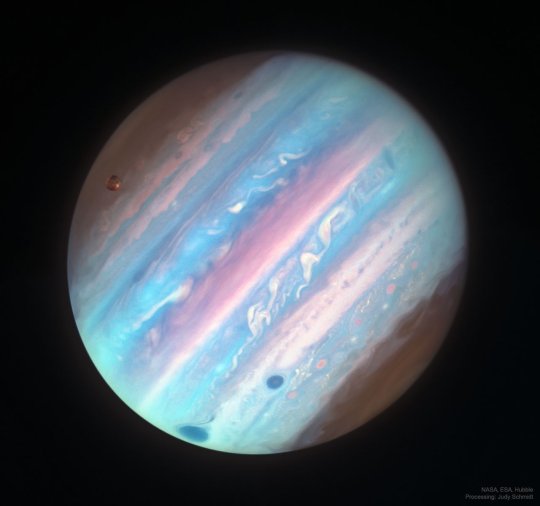
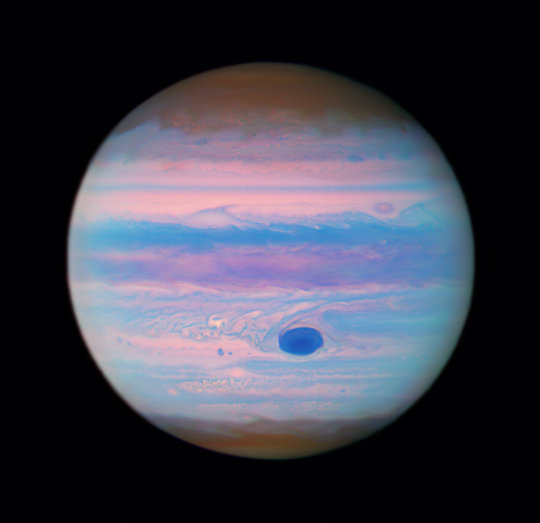
Jupiter in Ultraviolet from ESA/Hubble
#space#jupiter#astrophotography#nasa#hubble space telescope#universe#planet#solar system#galaxy#astronomy#cosmos
19K notes
·
View notes
Text


























My favourite space images from Hubble space telescope. Thank you so much for giving us the stunning visuals of galaxies, stars and nebula. Happy 35th anniversary to the Hubble space telescope 🔭
#hubble space telescope#astrophotography#photographers on tumblr#photography#universe#galaxy#nebula#space#science side of tumblr#women in stem#stem academia#cosmology
3K notes
·
View notes
Text

Saturn by JWST
#art#cosmos#cosmic#universe#blast#space#photography#saturn#james webb space telescope#space photography#jwst images#hubble space telescope#astronomy#jwst
2K notes
·
View notes
Text
Close up of Pluto from the New Horizons space probe.
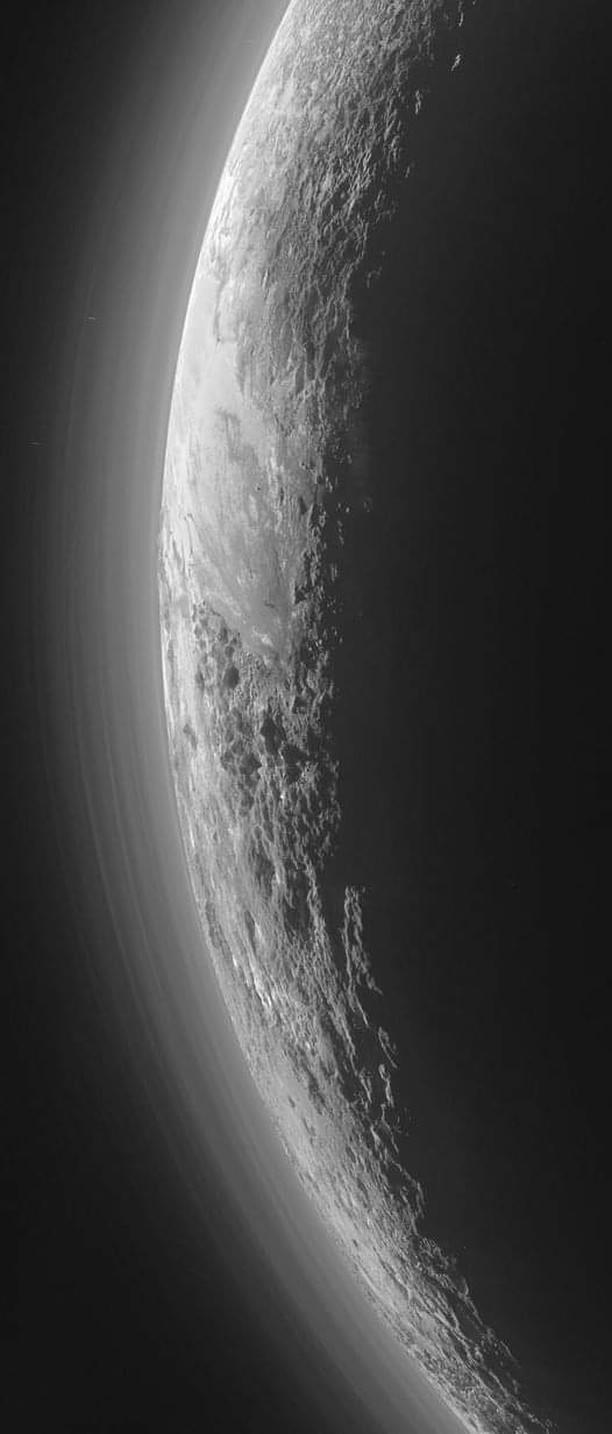
Will be adding several more photos to this same post



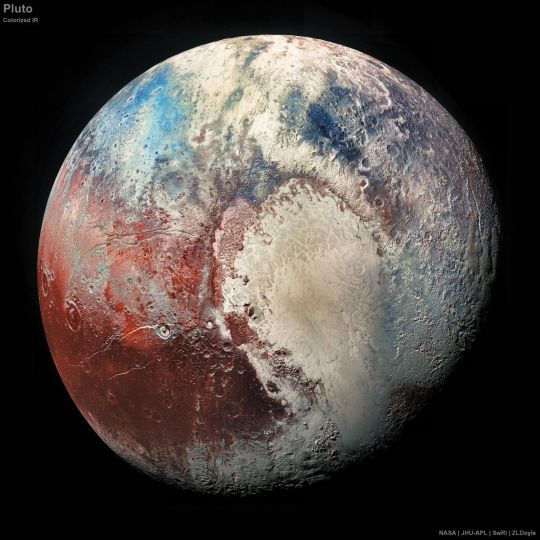
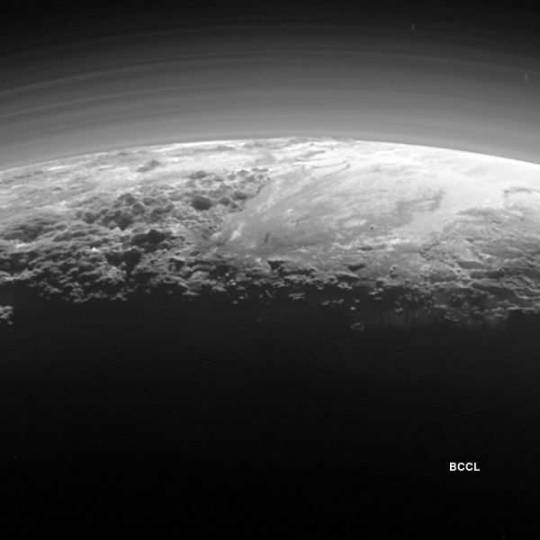

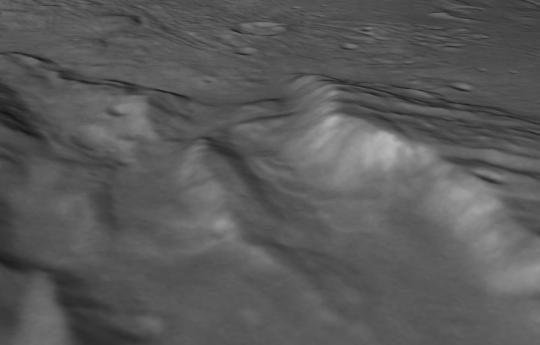

#astronomy#nasa#astronomers#universe#astrophotography#nasa photos#nasawebb#astrophysics#outer space#hubble space telescope#astrology#astronomy photography#astronomy picture of the day#astro observations#astro notes#astro community#astrography#our universe#nebula#pluto#planets#planet#nasa picture of the day#goddard space flight center#galaxies#galaxy#spacecraft#new horizons#space exploration#space
21K notes
·
View notes
Text
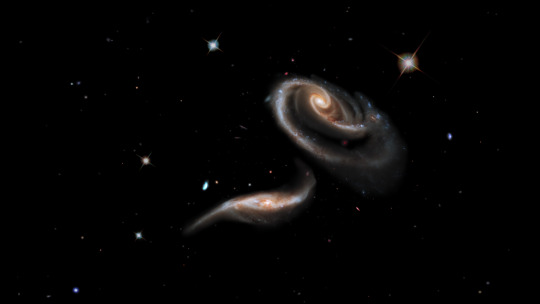
Love Letters from Space
Love is in the air, and it’s out in space too! The universe is full of amazing chemistry, cosmic couples held together by gravitational attraction, and stars pulsing like beating hearts.
Celestial objects send out messages we can detect if we know how to listen for them. Our upcoming Nancy Grace Roman Space Telescope will help us scour the skies for all kinds of star-crossed signals.
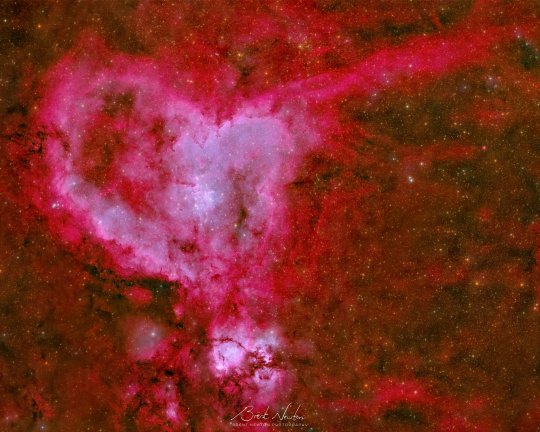
Celestial Conversation Hearts
Communication is key for any relationship – including our relationship with space. Different telescopes are tuned to pick up different messages from across the universe, and combining them helps us learn even more. Roman is designed to see some visible light – the type of light our eyes can see, featured in the photo above from a ground-based telescope – in addition to longer wavelengths, called infrared. That will help us peer through clouds of dust and across immense stretches of space.
Other telescopes can see different types of light, and some detectors can even help us study cosmic rays, ghostly neutrinos, and ripples in space called gravitational waves.
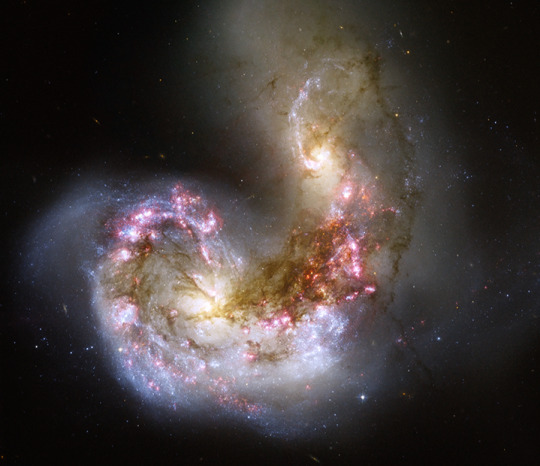
Intergalactic Hugs
This visible and near-infrared image from the Hubble Space Telescope captures two hearts locked in a cosmic embrace. Known as the Antennae Galaxies, this pair’s love burns bright. The two spiral galaxies are merging together, igniting the birth of brand new baby stars.
Stellar nurseries are often very dusty places, which can make it hard to tell what’s going on. But since Roman can peer through dust, it will help us see stars in their infancy. And Roman’s large view of space coupled with its sharp, deep imaging will help us study how galaxy mergers have evolved since the early universe.
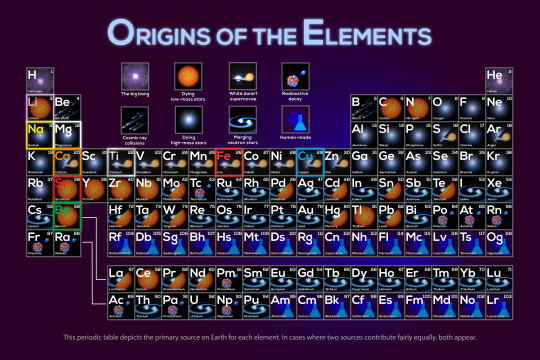
Cosmic Chemistry
Those stars are destined to create new chemistry, forging elements and scattering them into space as they live, die, and merge together. Roman will help us understand the cosmic era when stars first began forming. The mission will help scientists learn more about how elements were created and distributed throughout galaxies.
Did you know that U and I (uranium and iodine) were both made from merging neutron stars? Speaking of which…
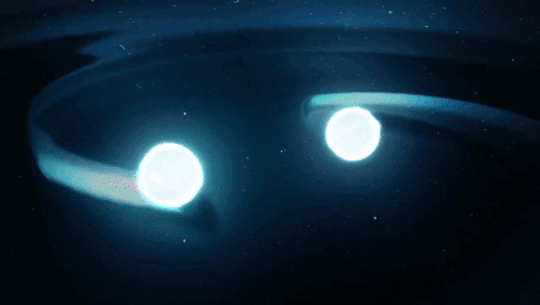
Fatal Attraction
When two neutron stars come together in a marriage of sorts, it creates some spectacular fireworks! While they start out as stellar sweethearts, these and some other types of cosmic couples are fated for devastating breakups.
When a white dwarf – the leftover core from a Sun-like star that ran out of fuel – steals material from its companion, it can throw everything off balance and lead to a cataclysmic explosion. Studying these outbursts, called type Ia supernovae, led to the discovery that the expansion of the universe is speeding up. Roman will scan the skies for these exploding stars to help us figure out what’s causing the expansion to accelerate – a mystery known as dark energy.
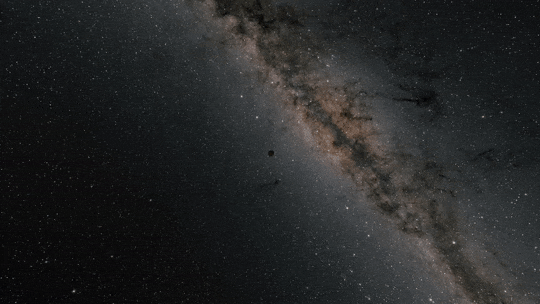
Going Solo
Plenty of things in our galaxy are single, including hundreds of millions of stellar-mass black holes and trillions of “rogue” planets. These objects are effectively invisible – dark objects lost in the inky void of space – but Roman will see them thanks to wrinkles in space-time.
Anything with mass warps the fabric of space-time. So when an intervening object nearly aligns with a background star from our vantage point, light from the star curves as it travels through the warped space-time around the nearer object. The object acts like a natural lens, focusing and amplifying the background star’s light.
Thanks to this observational effect, which makes stars appear to temporarily pulse brighter, Roman will reveal all kinds of things we’d never be able to see otherwise.
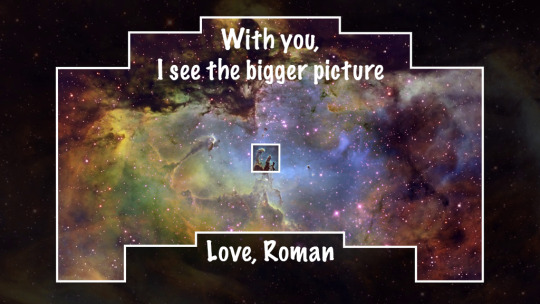
Roman is nearly ready to set its sights on so many celestial spectacles. Follow along with the mission’s build progress in this interactive virtual tour of the observatory, and check out these space-themed Valentine’s Day cards.
Make sure to follow us on Tumblr for your regular dose of space!
#NASA#astronomy#telescope#Roman Space Telescope#Valentine’s Day#space#science#STEM#nebula#chemistry#galaxies#black holes#rogue planets#exoplanets#Hubble Space Telescope#tech
3K notes
·
View notes
Text


#tumblr 2025#tumblr polls#tumblr sexy object contest#tumblr sexy inanimate objects#tumblr sexy objects#hubble space telescope#lava lamp
442 notes
·
View notes
Text


Glittering image of a stellar nursery captured by @NASAHubble. The immense region of gas and dust is the birthing place of stars, which glow against the clouds. Bright clusters of newborn stars shine in infrared light shown here in pink. Clouds of gas and dust, resembling puffy cumulus clouds, are dotted with dark knots of denser dust.
Hubble’s infrared view allows us to pierce through the clouds and see stars that otherwise might be obscured. Unlike visible light, infrared wavelengths can travel through clouds of gas and dust, allowing us to see details of the young stars.
nasa
#space#outer space#galaxy#astronomy#hubble space telescope#stars#look up#the truth is out there#curators on tumblr
550 notes
·
View notes
Text

Aurora Borealis on Saturn captured by the Hubble Space Telescope
#saturn#aurora#aurora borealis#space#telescope#nasa#astronomy#planets#galaxy#aesthetic#hubble space telescope
5K notes
·
View notes
Text

Aurora on Saturn's south pole.
Instagram: nasahubble
#saturn#solar system#planets#aurora#solar storm#galaxy#milky way#celestial#outer space#universe#aesthetic post#much to ponder#hubble space telescope#hubble telescope#nasa photos#nasa#spirituality#astronomy#astrology
2K notes
·
View notes
Text
Who’s ready to “fly” through space?
This visualization starts with a wide view of the Carina constellation and zooms in to the Hubble Space Telescope’s view of the massive star AG Carinae.
AG Carinae undergoes periodic eruptions, which have ejected a small nebula of gas and dust around it.
Red is emission from ionized gas, and bluish-white is dust reflecting the light of the star.
Credit: NASA, ESA.
256 notes
·
View notes
Text
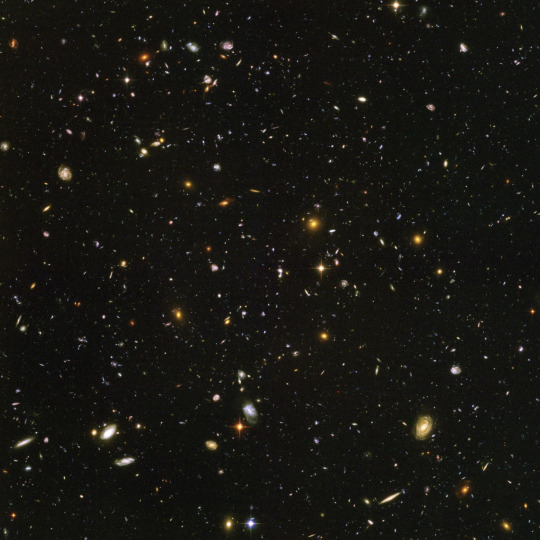
this view of nearly 10,000 galaxies was the deepest visible-light image of the cosmos, it shows a deep core sample of the universe. the total amount of exposure time was 11.3 days, taken between sept. 24, 2003 and jan. 16, 2004.
602 notes
·
View notes
Text

At 70 million light-years away, Galaxy NGC 2146
#hubble space telescope#space#galaxy#ngc 2146#astrophotography#stars#night sky#solar system#universe#astronomy#nasa#cosmos#planet
3K notes
·
View notes
Text










got obsessed with the space telescopes for a lil while hehehe. revamped my designs for jwst and hst and tried my hand at designing some of the other "great observatories" as well! i like to think hubble, spitzer, and chandra are all siblings (and james is just kinda crashing the party here).
some extra thoughts under the readmore
so theres four great observatories, but the fourth, compton, was purposefully de-orbited and burnt up in the atmosphere. haven't designed her yet, but her death haunts the other space telescopes a lot hehe.
hubble was the first of the siblings to be launched, with compton launching shortly afterwards. they were pretty close before her eventual demise. unfortunately her death and chandra's launch sort of overlapped, so hubble and chandra's initial relationship was heavily strained by the grief hubble was feeling.
theyre doing alright nowadays, but its still kind of a sore subject. this is especially true because hubble fears he may share the same fate in a couple years. with the lack of funding and his failing systems, it's very likely he may be de-orbited as well.
#art#my art#artists on tumblr#astronomy#space telescopes#hst#jwst#spitzer#chandra#hubble space telescope#james webb space telescope#spitzer space telescope#chandra x ray observatory#space personification
238 notes
·
View notes